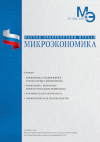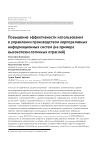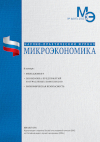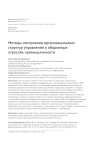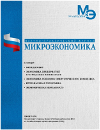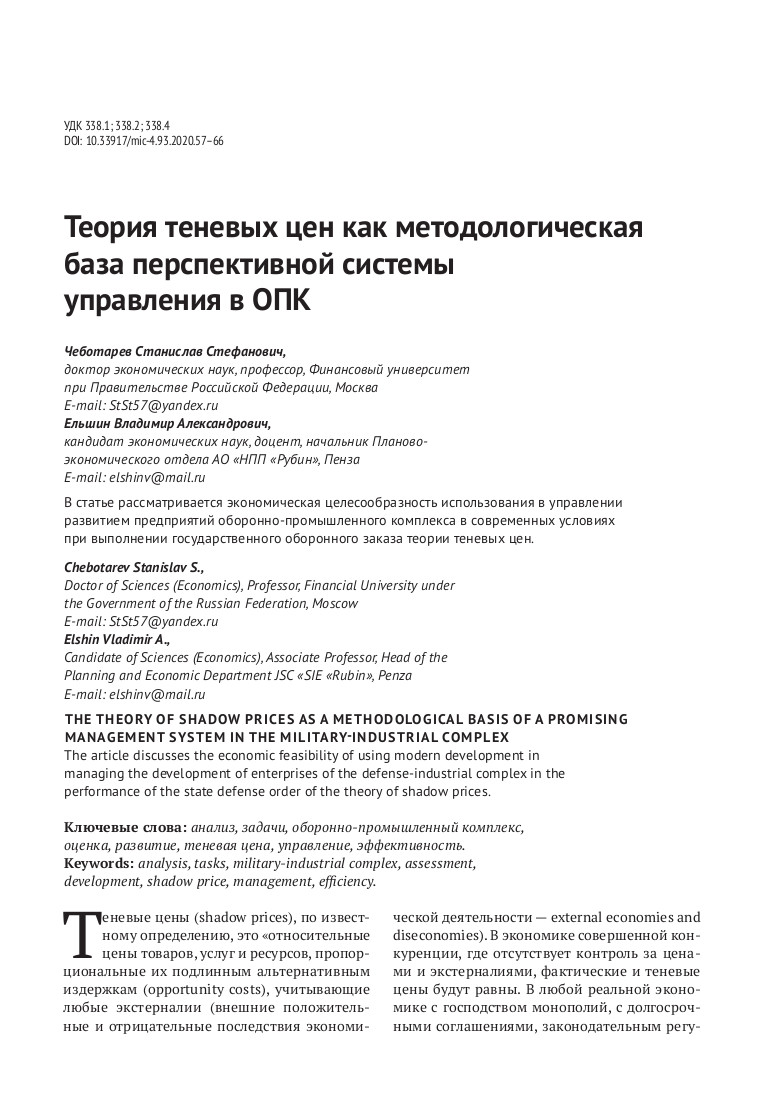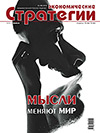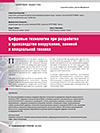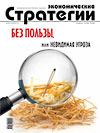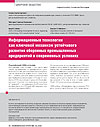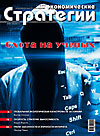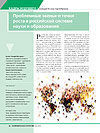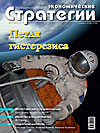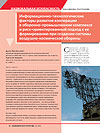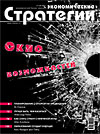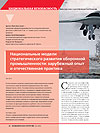Staff Motivation and Stimulation — the Most Important Organizational Reserve for Increasing Production Efficiency
DOI: 10.33917/es-3.195.2024.126-137
In modern conditions the primary tool for attracting qualified specialists, minimizing staff turnover and stabilizing a workforce, maintaining and developing staff’s desire to improve professional knowledge and skills is the system of motivation and stimulation of their work activity. That is why the present article, which dwells on choosing the most suitable system for enterprises and organizations of the defenсe industry, based on specific industry characteristics, seems undoubtedly relevant. In the work: 1) literary sources dealing with the issues of labour stimulation are analyzed and summarized; 2) an analytical study was carried out using real data on dependence of the most important indicator of the production and economic activity – revenue from product sales – on the qualitative professional and age characteristics of the business entities’ personnel; 3) a comparative assessment of the personnel motivation and incentive systems used in developed foreign countries is given (information base, mechanisms for forming personnel remuneration rates, advantages, disadvantages, possible areas of application); 4) a justification is given for the expediency of using the Japanese system of lifelong employment, seniority and organization of groups from enterprises’ employees for searching and resolving the “bottlenecks” in the Russian military-industrial complex as the basic fundamental elements; 5) proposals (a set of organizational and economic measures) were formulated to attract young specialists into defence-industrial complex.
References:
1. Sokolov A.V. Sravnitel’naya otsenka finansovo-ekonomicheskogo polozheniya predpriyatiy oboronnoy promyshlennosti RF [Comparative Assessment of the Financial-Economic Situation of the Defence Industry Enterprises in the Russian Federation]. Novosibirsk, IEOPP SO RAN, 2010, 196 p.
2. Pisareva O.M. Analiz sostoyaniya i kharakteristika potentsiala razvitiya instrumentariya strategicheskogo planirovaniya v usloviyakh tsifrovoy transformatsii ekonomiki i upravleniya [Analysis of the State and Characteristics of the Development Potential of Strategic Planning Tools in the Context of Digital Transformation of Economy and Management]. MIR (Modernizatsiya. Innovatsii. Razvitie), 2018, vol. 9, no 4, pp. 502–529.
3. Shapiro S.A. Teoretiko-metodologicheskie osnovy upravleniya chelovecheskimi resursami v ekonomke Rossiyskoy Federatsii: Monografiya [Theoretical-Methodological Foundations of Human Resource Management in the Economy of the Russian Federation: Monograph]. Moscow, ID “AT i SO”, 2003, 274 p.
4. Kapitanova E.V., Suvalova T.V. Sovremennye tendentsii kadrovogo obespecheniya predpriyatiy oboronno-promyshlennogo kompleksa Rossii: problemy sistemy podgotovki kadrov i puti resheniya [Modern Trends in Staffing Enterprises of the Russian Military-Industrial Complex: Problems of the Personnel Training System and Solutions]. E-Management, 2021, vol. 4, no 4, pp. 86–96.




